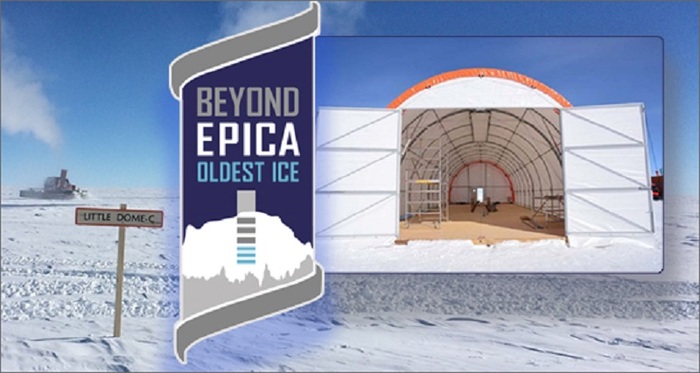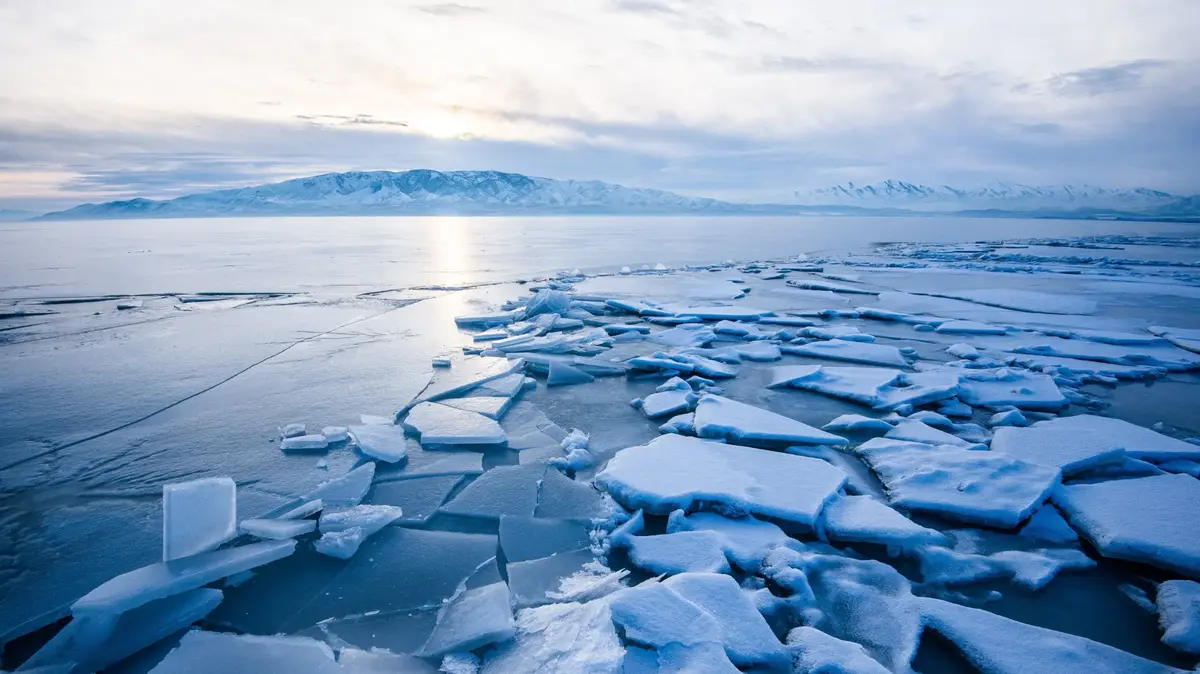In Antarctica, the activity of the Little Dome C remote field resumes for the second drilling campaign of the European project Beyond Epica Oldest Ice, coordinated by the Institute of Polar Sciences (Isp) of the Cnr, which intends to sample and analyze the ice up to a depth of 2.7 kilometers to reconstruct the climatic history of the Earth over the last million and a half years, to discover the temperatures and the concentration of greenhouse gases in the past.
In the field, at over 3,200 meters above sea level on the Antarctic plateau with average summer temperatures of minus 35 degrees, an international team of 15 people will work (including 4 Italians) who will have the task of starting the deep drilling phase.
"In the previous campaign, despite prohibitive conditions with gusts of wind and a temperature almost always below minus 40 degrees, we set up a camp capable of hosting up to 15 people for months and a complex drilling system", explains the project coordinator Carlo Barbante, director of Isp-Cnr and professor at the Ca' Foscari University of Venice.
"We start again from the 130 meters of depth reached a year ago to start the real deep drilling, with the aim of going down a few hundred meters by the end of January 2023. We believe that this ice core can provide us with information on past climate and on the greenhouse gases present in the atmosphere during the Middle Pleistocene transition, which occurred between 900,000 and 1.2 million years ago. During this transition, the climatic periodicity between the ice ages increased from 41,000 to 100,000 years; why this happened is the mystery we set out to solve."
Funded by the European Commission with 11 million euros, the project aims to complete the core drilling in the coming years.
Twelve partner research centres, from ten European and non-European countries: for Italy, in addition to the Cnr and the Ca' Foscari University, Enea is in charge, together with the French Polar Institute (Ipev), of the work module related to logistics.


/cloudfront-eu-central-1.images.arcpublishing.com/prisa/DBT2OEOLXBGZTLYKDBM2FWSJNM.jpg)











